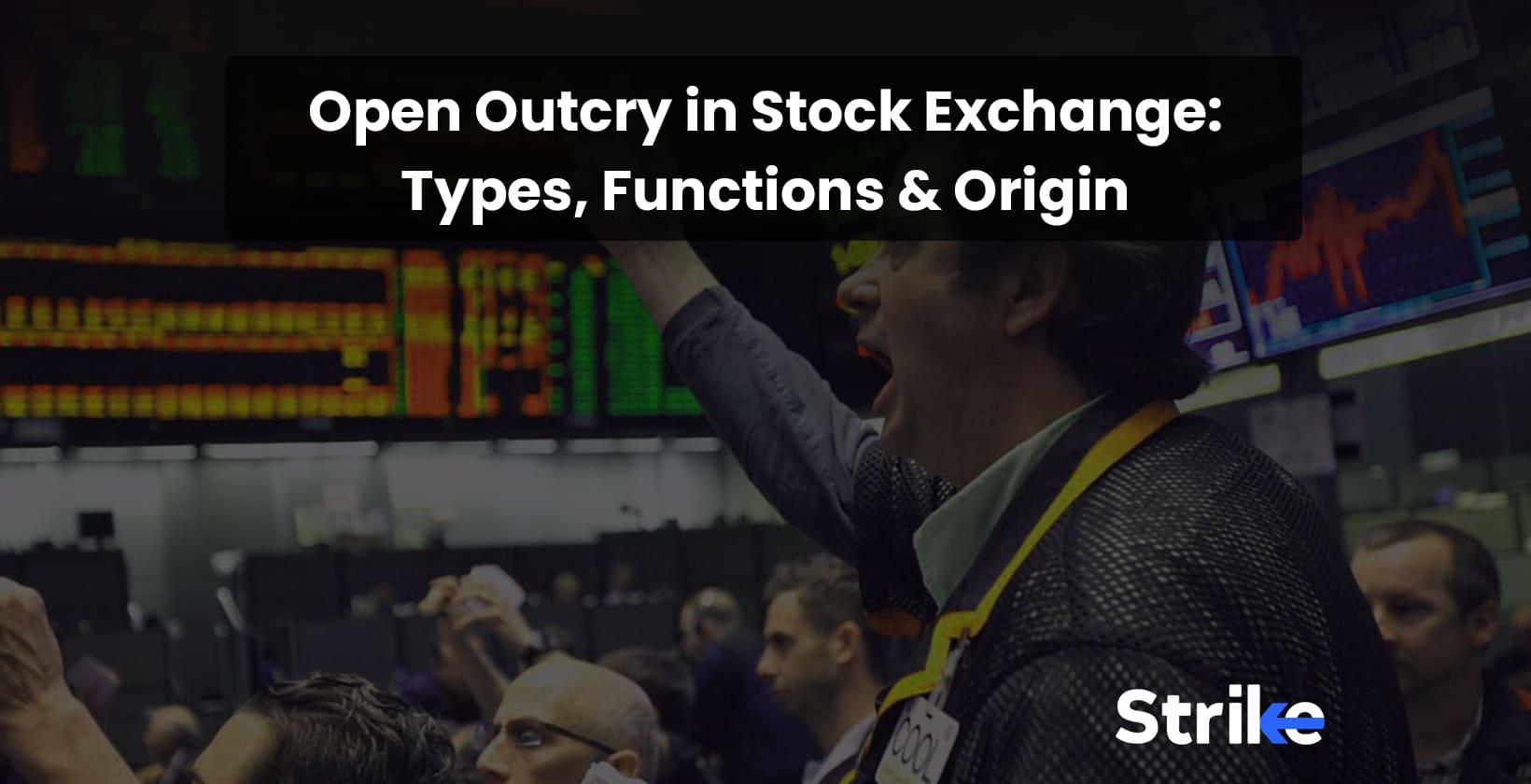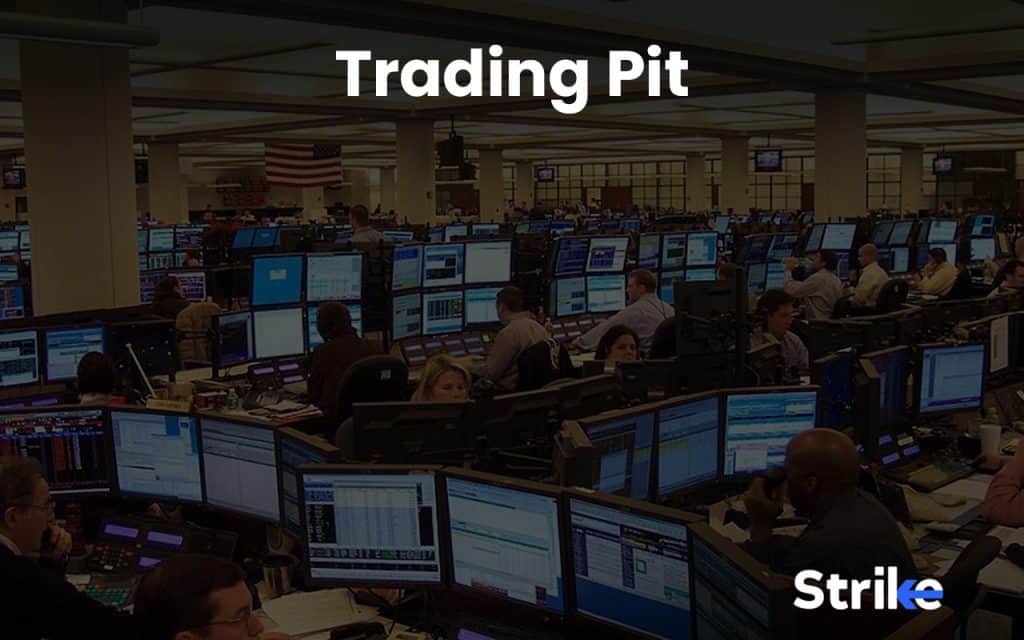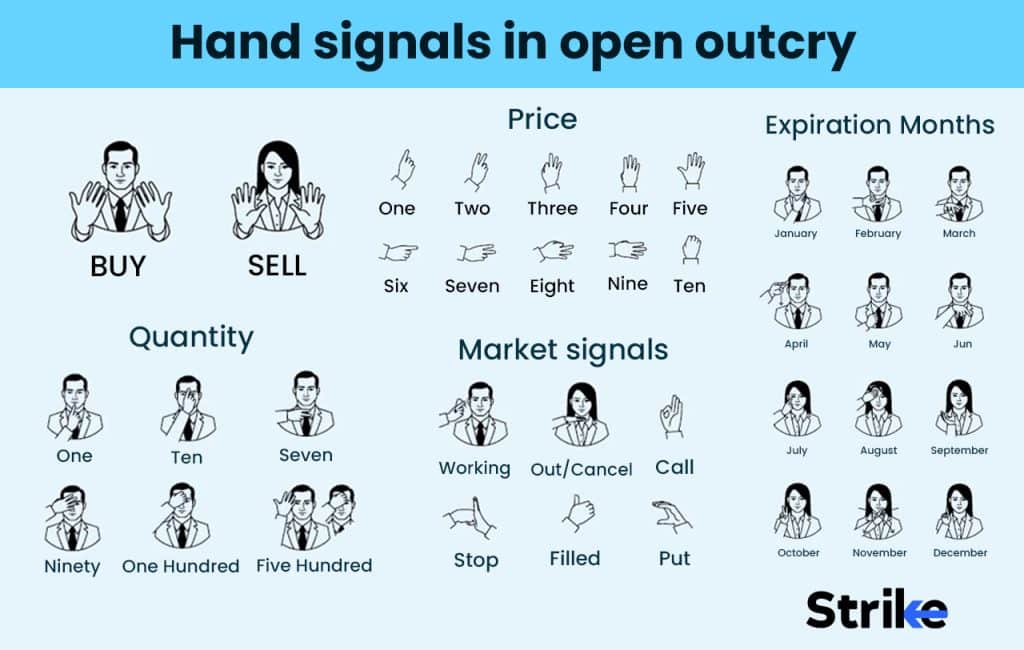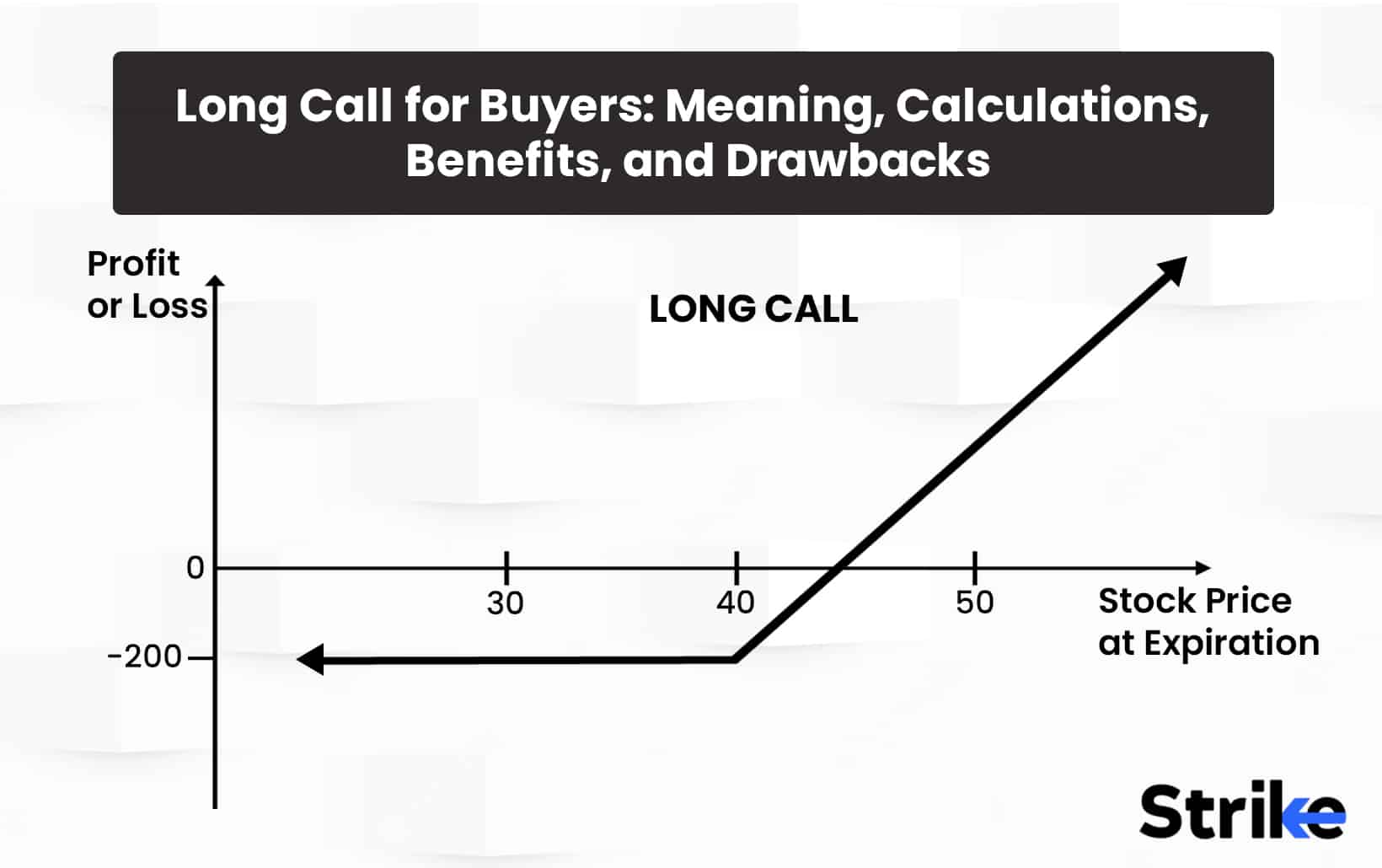
Open outcry was a popular method which was used by professional traders before 2010 to communicate trade orders in trading pits using hand signals and verbal cues. Open outcry was the primary method of communication between traders at stock, option, and futures exchanges that took place verbally and through hand signals. The practice of open outcry has become obsolete in the modern day as trading methods progress. Open outcry is now replaced with electronic methods of trading.
Open outcry was in practice since the inception of the first stock exchange in Amsterdam in the 17th century. Open outcry was the common practice for trading until the 1990s and the early 2000s before electronic trading became the more common approach. Speculation played a big part in Open Outcry because traders could monitor each other’s activity and use that information to bet on the direction the market would go in. Price changes occur that are not consistent with the underlying fundamentals of the assets because of this.
The London Stock Exchange was the first exchange for moving away from the Open Outcry mechanism and transitioning to electronic trading in 1986. The Open Outcry system is still used in a more streamlined form by a few exchanges, including the Chicago Board of Trade. Other exchanges quickly followed suit, resulting in the vast majority of trade now being done electronically.
What was the primary function of Open Outcry?
The primary objective of the Open Outcry system was to meet with other buyers and sellers and let them come to the decision to buy or sell depending on their facial expressions and the overall vibe of the market. Open outcry lets traders expedite the buying and selling of assets, most frequently commodities and securities, by connecting buyers and sellers and determining the price at which the market was cleared.
Open Outcry’s most important feature was its ability to facilitate price discovery by allowing traders to monitor the state of supply and demand in real-time and make appropriate adjustments to their bids and offers. This helped to ensure that the price of the asset was established by the forces of supply and demand, as opposed to a central authority, and this aided in ensuring that the price was accurate. This price discovery was possible because of the close contact of the buyers and sellers on the trading floor.
The “trading pit,” which was a physical space on the exchange floor where traders would gather to purchase and sell assets, was crucial in the operation of the Open Outcry system. The trading pit was intended to be a highly competitive and productive environment, with traders being able to swiftly and correctly indicate their intentions through the use of hand signals and vocal cues.
This made the offers and bids made in the stock exchanges transparent and any manipulation is almost at a negligible level. There will be market makers and all sales will go through a centralized channel. All of this was achieved by designing the trading pit in such a way that it had a rectangular shape and everyone could see everyone else.
Potential buyers and sellers would assemble in order to conduct price negotiations for the asset that was up for discussion. The procedure was open to the public, so other traders were able to watch the conversations and alter their bids and offers in accordance with what they saw. This happens very fast and therefore, traders get to know about the updates in prices pretty quickly. This enables them to make quick decisions.
Was Open Outcry an Alternative to Electronic Trading?
No, Open Outcry was not an alternative for electronic trading; instead, it served as a transitional step between the two. The open outcry was the primary method of trading on many exchanges for decades, but as technology advanced, it became obvious that electronic trading could offer significant advantages over the traditional voice-based system. Trading could be done from virtually any location in the world thanks to the accessibility provided by electronic trading platforms, which also allowed faster and more effective execution, and reduced transaction costs.
Why is Open Outcry called Floor Trading?
Open Outcry is frequently referred to as “floor trading” since it takes place on the trading floor of a physical exchange rather than on an electronic platform. Floor trading contrasts with electronic platform trading, known as “screen trading.” Traders congregate on the trading floor to purchase and sell assets while communicating with one another through hand signals, verbal cues, and other physical gestures. Exchanges themselves also use the word ‘floor trading’ to differentiate between the many trading options available on their respective platforms.
The word “floor trading” is traced back to the early days of the stock market, when transactions were carried out in the streets and public squares of major cities. The stock market was known as “street trading” at the time. Trading moved indoors to dedicated trading floors as the market expanded and concentrated. These trading floors provided a location where traders could congregate together in one location to purchase and sell securities.
How did Traders use Asymmetry in Stock Prices in Open Outcry?
Traders in Open Outcry took advantage of the asymmetry in stock prices by finding and capitalizing on pricing gaps between various market participants. This gave them an advantage over other market participants. This was accomplished by carefully observing the actions of the other traders on the floor, in addition to keeping a close eye on the market news and any other relevant sources of information.
A trader might decide to buy the stock from the broker who was selling it for a lower price and then sell it to the broker who was purchasing it for a higher price. This is done in order to make a profit if the trader noticed that one broker was consistently purchasing a particular stock at a higher price than another broker was selling it for. Arbitrage is a type of trading strategy that involves taking advantage of price differences in the market. This approach seeks to generate profits by doing so.
Traders also took advantage of the imbalance in stock prices by spotting market patterns and trading based on such trends. Traders use this information to make informed trading decisions, such as purchasing or selling a certain stock depending on whether or not it was constantly heading upwards or downwards.
What is a Trading Pit in Open Outcry?
A trading pit is a physical place on a trading floor where traders gather to purchase and sell securities through face-to-face communication and hand gestures. The trading pit was usually a circular or octagonal arena surrounded by rows of seats, each representing a distinct market player or brokerage business.

The trading pit was occasionally shaped like a square. Traders in the pit interact with one another and carry out trades using various methods, including hand signals, verbal cues, and body language.
The pit is a highly dynamic and fast-paced environment, with traders shouting and waving to each other to get the highest possible price for their deals. The traders aimed to make the most profit possible from their trades. The noise level in the pit is often really high because several chats and transactions are happening simultaneously.
The trading pit was a real location but also served as a metaphor for the larger financial markets. This was because the trading pit was where orders were executed. Different factors influenced the trading activity that took place in the pit. These factors included economic news, political developments, and market sentiment; all of these factors had the potential to impact the price of the financial instruments being traded significantly.
How does Price Discovery happen in Open Outcry?
Price discovery happens in open outcry when traders on the trading floor engage in the process of negotiation with one another. Traders purchase and sell assets in the trading pit, and while they do so, they shout out their bids and offers using different hand gestures, which indicate whether or not they are willing to buy or sell at a particular price.
The other traders take further action in the pit in response to these bids, and either accept them or make their counteroffers. The procedure of making bids and offers will continue until a price is reached that is acceptable to both parties; once this occurs, the transaction will be considered finalized.
The price of the traded item will go up or down depending on the supply and demand for that asset as more traders enter the market and make their bids and offers public. The market will become more competitive as more traders join the market and make their bids and offers public.
The traders on the trading floor arrive at a price that is reflective of the fair market value of the assets that are being exchanged by engaging in this process of negotiation and price discovery. This price is then used as a benchmark by other participants in the market, such as electronic traders, who use it as a reference point for pricing their own trades based on it.
How did Electronic Trading affect Open Outcry?
The introduction of electronic trading in the early 1970s significantly impacted Open Outcry trading. Traders have relocated their attention away from the trading pit and towards the computer screens on which they electronically execute deals.
The ability to make transactions quickly and effectively is one of the primary benefits offered by electronic trading. Traders are able to carry out trades with more speed and precision than they were previously capable of in the trading pit, which requires more time for them to negotiate and carry out transactions. Market liquidity has increased because of this, and the bid-ask spread has shrunk, both of which are favorable developments for market participants (buyers and sellers).
This trend towards computerized trading has also resulted in inevitable unintended consequences. A significant number of traders who were formerly engaged in the trading pit have been forced out of their jobs because their abilities and experience in face-to-face contact and negotiation are less useful in an environment dominated by computerized trading. This has resulted in a decrease in the culture and traditions of the trading floor and the loss of employment.
What was the strongest advantage of Globex against Open Outcry?
The ability of Globex, the electronic trading platform, to automatically match sellers and buyers to execute trades rapidly and effectively is its strongest advantage against open outcry. Globex is the first electronic trading system and it was introduced by the Chicago Mercantile Exchange. Globex enables traders to negotiate and execute trades electronically from any location in the world, in contrast to Open Outcry, which requires them to shout across the trading floor to communicate with one another.
Electronic trading platforms such as Globex offer more transparency and market data access, enabling traders to judge their trading activities better. Traders are able to access data about the market as it is being generated in real-time, monitor the movement of prices, as well as evaluate past trends and statistical information about the market.
What was the strongest Advantage of Open Outcry against Electronic Trading?
The human factor or in-person trading is the open outcry trading system’s most significant competitive advantage over electronic trading. Open Outcry allows for more personalized and nuanced bargaining. Traders communicate with one another and create relationships with other traders by using nonverbal signs such as body language, tone of voice, hand gestures and other nonverbal cues.
There is a greater sense of community and camaraderie among dealers because of this. This also leads to the more expedient discovery of prices. Electronic trading is more impersonal and transactional than traditional trading, with trades being conducted electronically and without direct connection with real beings. This results in a lack of trust, as well as an increased likelihood of errors or other types of technical problems in some cases.
How did Investors analyze Stock Prices in Open Outcry?
Investors often examine stock prices using fundamental and technical components, regardless of the trading method. Estimating the actual value of a stock requires conducting fundamental research, which entails looking at a firm’s financial statements, as well as the trends in the industry and the broader economy. Technical analysis entails reviewing historical market data and chart patterns to detect trends and prospective trading opportunities.
Charts, technical analysis tools, fundamental analysis, sources of financial news, and other market data providers were some of the instruments that investors in Open Outcry used, to assist them in conducting price analysis of the company’s shares. Consumers would also rely on the knowledge and experience of market experts, such as brokers and others, to assist them in making well-informed trading decisions.
How did Market Makers work in Trading Pits?
Market makers act as intermediaries between buyers and sellers and contribute to maintaining a consistent supply of liquidity in the market. Market makers helped ensure a continuous flow of money into and out of the market. Market makers in the trading pit would often bid and offer for specific stocks while standing in a particular area designated for them. They also monitor the current state of the market and modify both their bids and offers as per this information.
The market maker would endeavor to assist the trade by pairing up the buyer with a seller or vice versa when a potential buyer or seller entered the pit and showed an interest in selling a particular stock. They first negotiate the price and other conditions of the deal, and then they would carry out the transaction on behalf of both sides.
Market makers also played an essential part in ensuring that the trading pit markets remained efficient and well-ordered. They would help to smooth out any imbalances in supply and demand and frequently step in to buy or sell shares to prevent huge price swings or sudden losses in liquidity. This ensured the market was functioning as efficiently as possible.
What is the main difference between Over-the-counter Trading?
The main difference between Open Outcry trading and Over-the-counter (OTC) trading is how deals are carried out. Open Outcry trading is a type of stock trading in which buyers and sellers meet face-to-face in a physical place, such as a trading pit, to make bids and offers on individual stocks. This approach is more time-honored than others, and it places a significant emphasis on human interaction and communication.
Over-the-counter (OTC) trading is conducted online and involves buyers and sellers doing transactions via a broker-dealer network; there is no need for a centralized exchange. Trading over the counter is typically less formal and more decentralized than trading on an exchange like the New York Stock Exchange (NYSE). It is typically utilized for trading illiquid securities or more specialized financial goods.
How did Technical Analysis work in Open Outcry?
Technical analysis in open outcry meant using charting and analytic tools to recognise patterns, trends, and probable price moves in the market. Traders utilize these tools to help them make educated decisions about the best time to purchase or sell stocks based on past price data and patterns in the market.
Trend analysis, moving averages, momentum indicators, support and resistance levels, and other technical analysis approaches were among the most frequently employed techniques in Open Outcry trading. Traders utilize these strategies to help them recognise patterns and trends in the market, which would then assist them in making accurate predictions on future price changes. Technical analysis history provides a fascinating insight into how traders have used patterns and indicators to predict market movements over the years.
Technical analysis in Open Outcry was typically slower than modern electronic trading methods. This was because Open Outcry relied significantly on traditional methods. Traders who were proficient in the technical analysis were able to make snap judgements based on their examination of previous price data and patterns in the market.
How did Fundamental Analysis work in Open Outcry?
Traders in open outcry trading pits relied heavily on fundamental analysis as an essential tool since it enabled them to determine the true worth of a particular stock and to make educated judgements on their trades. The investigation of a company’s financial statements, management team, industry trends, and any other pertinent aspects is called fundamental analysis.
This analysis aims to establish the true worth of a company’s shares. This often entailed traders in the trading pit reading over business reports and other financial data in search of any signals of weakness or strength that would affect the stock price. Understanding fundamental analysis history helps us appreciate how financial experts have long relied on financial statements and economic factors to assess a company’s intrinsic value.”
Traders will use the information that they have gathered to make bids and offers that indicate their opinion of how much the stock is worth. A trader offer to acquire shares at a price that was higher than the current market rate to take advantage of the situation if they considered that a specific stock was undervalued based on its fundamentals,
When did Open Outcry end in the Stock Exchange?
Open Outcry trading started to experience a drop in popularity in the late 1990s and early 2000s when computerized trading platforms first became widely available. The change from trading on the floor to electronically did not happen overnight, but it increased significantly in the late 2000s and early 2010s. The New York Stock Exchange (NYSE) was one of the major exchanges in the United States that were among the last to shift from floor trading.
The exchange started the process that would eventually lead to the elimination of floor trading In 2006, and by 2016, all equities listed on the NYSE were traded online.
The London Stock Exchange (LSE) stopped conducting open outcry trading in 2007, and the final trading pit shut down in 2010. Several other significant exchanges, notably the Chicago Mercantile Exchange and the Chicago Board of Trade, also made the shift from floor trading during this time period.
The shift from floor trading to electronic trading was prompted by factors including the requirement for quicker and more effective trading, the growing prevalence of algorithmic trading, and the expansion of global markets that necessitated the availability of trading options around the clock.
What was the last Open Outcry Exchange in the world?
Open outcry trading was discontinued at the London Metal Exchange (LME) in 2015, making it one of the most recent significant exchanges to do so. The LME has a rich legacy of open outcry trading that dates back many decades since its inception in 1877. Traders at the LME did business face-to-face in a trading pit for more than a century, utilizing a sophisticated system of hand signals and yelling to express their bids and offers.
The LME started moving towards electronic trading in the late 1990s and early 2000s, just like many other exchanges across the world did at the same time. The exchange introduced LME Select, an electronic trading platform that in 2001, in addition to the conventional open outcry method, enabled dealers to engage in transactions using electronic means.
Electronic trading has emerged as the clear victor over time, to the point where the London LME declared in 2015 that it would stop open outcry trading entirely. The London Metal Exchange hosted its final open outcry trading session, signalling the conclusion of an era for the organization on January 15, 2015.
Do Hybrid Stock Markets use Open Outcry?
Yes, hybrid stock markets use open outcry because hybrid stock markets are where both floor and electronic trading are employed. NYSE, CME, and LME follow hybrid trading where they have both open outcry & electronic trading systems.
How did Communication work in Open Outcry?
The primary means of communication between traders during an open outcry was shouting and using hand gestures. Communicating information on a deal’s price, amount, and direction was common practice via hand signals. Traders had to study and commit to the memory of different hand signals for this to work. Each signal conveyed a unique message. A trader could signal a bid by holding up a given number of fingers, while another hand signal could signify an offer to sell at a specific price. Both of these hand signals could be used simultaneously.
The use of shouting as a form of communication was also an essential component of open outcry trading. The traders in the pit would yell out their bids and offer in an effort to get the attention of other merchants working in the pit. The more forcefully and loudly a trader shouted, the greater the likelihood they would be noticed and their trades would be carried out.
Traders in open outcry marketplaces relied not just on hand signals and shouting but also on a complicated system of rules and norms to ensure that trades were handled fairly and effectively. Every market adhered to its own set of regulations on the matching of bids and offers, the reporting of deals, and the resolution of disputes.
Traders sign contracts mainly through a verbal agreement. Traders shout their orders and communicate using specific hand signals to convey their intentions. Hand signals are used to represent different aspects of a trade, such as the price, quantity, and type of order. They sign the contract by repeating the hand signals and vocalizing their agreement once both parties agree on the terms.
How did Traders use Hand Signals in Open OutCry?
Hand signals played a critical role in conveying essential information about the price, quantity, and direction of trade in open outcry.

Traders use different hand signals to indicate whether they are making a bid or an offer. They also used their hands to signal the number of shares they wanted to buy or sell and the price they were willing to pay or receive.
Traders raise their right hand, palm facing outward for selling, and palm facing inward for buying to indicate a buy or sell order. Traders use their fingers to convey the number of contracts or shares they want to trade. One finger represents one contract, two fingers represent two contracts, and so on. Traders use their left hand to indicate the price. They display the number of price points by extending the same number of fingers.








![85 Common Stock Market Terminologies for Dummies [Updated List for 2025] 8 85 Common Stock Market Terminologies for Dummies [Updated List for 2025]](https://www.strike.money/wp-content/uploads/2025/04/Popular-Stock-Market-Terms-for-Beginners-Banner.png)











No Comments Yet.